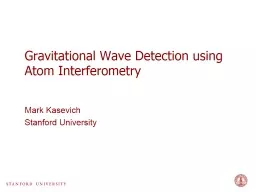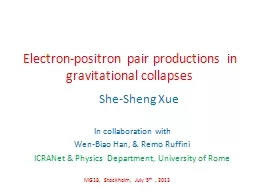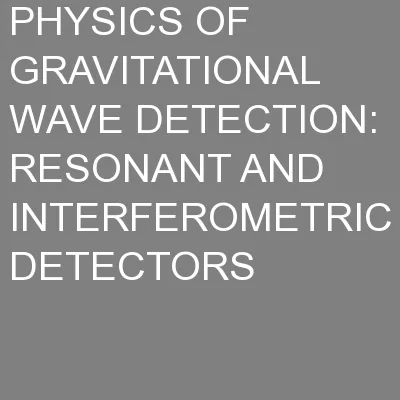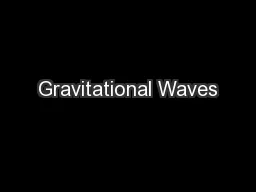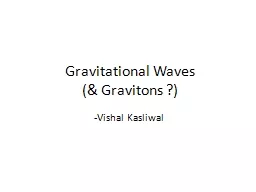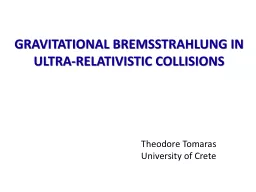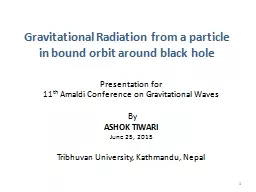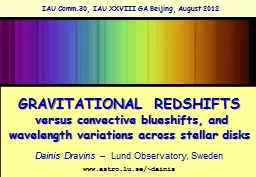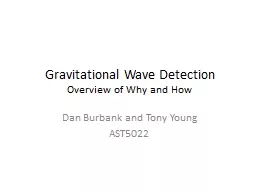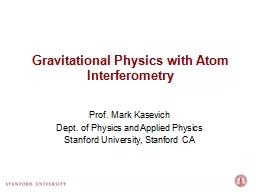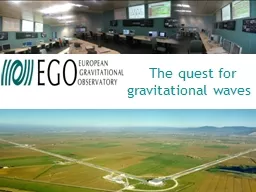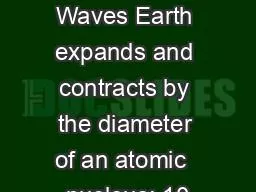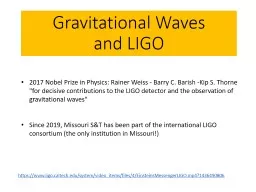PPT-Gravitational Physics using
Author : enteringmalboro | Published Date : 2020-06-15
Atom Interferometry Mark Kasevich Stanford University Lightpulse a tom interferometers 2015 laboratory sensor atomic wavepackets separate by 12 cm before interfering
Presentation Embed Code
Download Presentation
Download Presentation The PPT/PDF document "Gravitational Physics using" is the property of its rightful owner. Permission is granted to download and print the materials on this website for personal, non-commercial use only, and to display it on your personal computer provided you do not modify the materials and that you retain all copyright notices contained in the materials. By downloading content from our website, you accept the terms of this agreement.
Gravitational Physics using: Transcript
Download Rules Of Document
"Gravitational Physics using"The content belongs to its owner. You may download and print it for personal use, without modification, and keep all copyright notices. By downloading, you agree to these terms.
Related Documents

